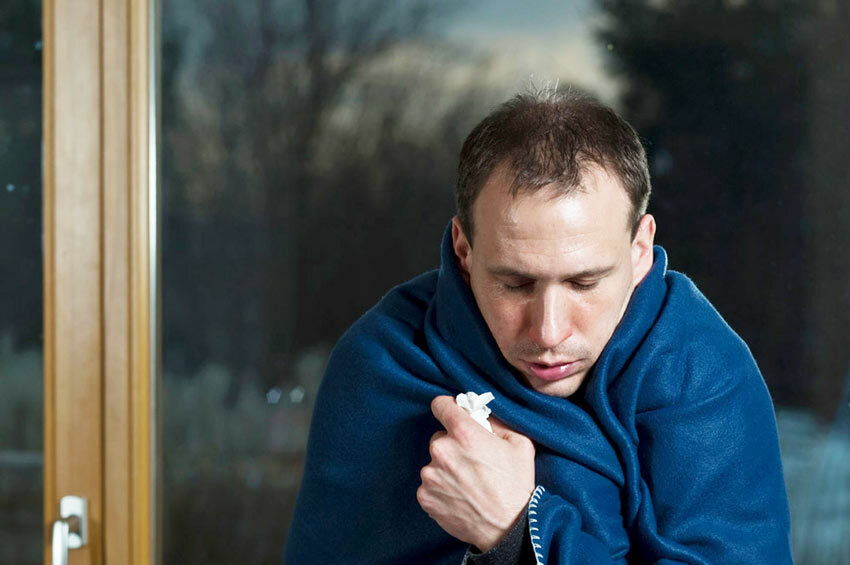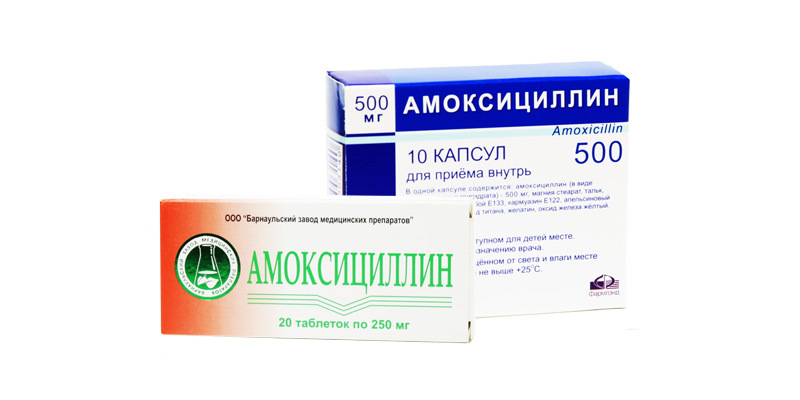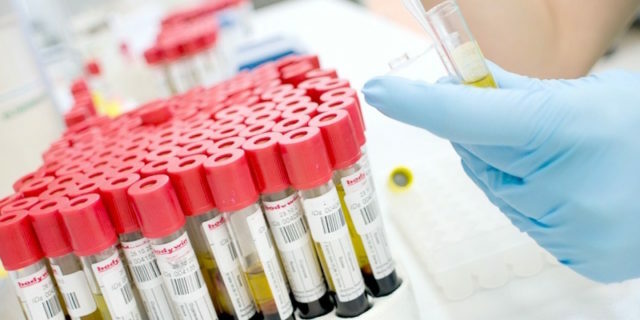
Contents of the page
- 1 Functions and norm of hemoglobin
- 2 Blood hemoglobin rate - table of indicators
- 3 Causes of low hemoglobin
- 4 Reduced hemoglobin in women
- 5 Signs of decreased hemoglobin
- 6 Treatment of decreased hemoglobin
The human body can not exist without oxygen being transported totissues and cells with iron-containing protein component of erythrocytes. If this compound in the blood is not enough, the analysis shows a low hemoglobin - the causes and consequences of such a condition adversely affect the overall health and performance of individual organs. After all, they have to function in conditions of constant hypoxia.
Functions and Norm of Hemoglobin
Gas exchange is the most important process in the body. It ensures the conduct of oxidation-reduction reactions that underlie metabolism. Entering the lungs from the environment, oxygen molecules join the red blood cells and are transported through the vessels to the needy tissues.
In the opposite direction, hemoglobin takes carbon dioxide from the cells to remove it from the body through the respiratory tract. It is the saturation with oxygen that determines the color of blood: the arterial - contains oxyhemoglobin, which makes it bright red;carboxyhemoglobin carries carbon dioxide, so the venous blood has a darker shade.
Adults in a state of rest require 1.8 - 2.4 g of oxygen every minute. With exercise, consumption increases many times. Whether the body can provide itself with vital gas in its entirety depends on the level of hemoglobin in the blood. If it corresponds to the sex and age norms, the person does not face oxygen starvation.
The norm of hemoglobin in the blood - the table of indicators
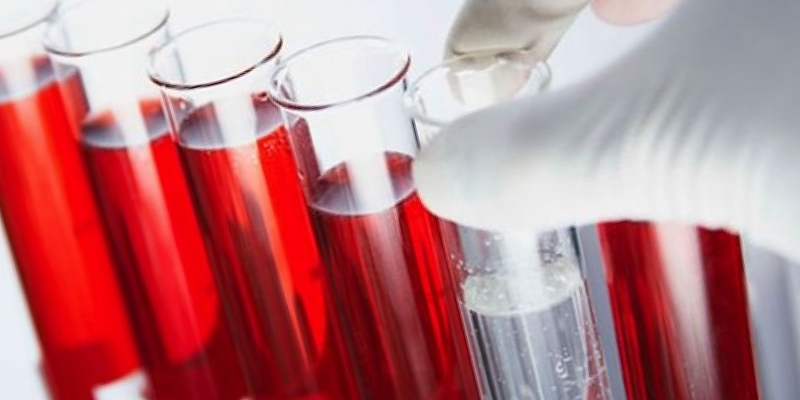
Since the adolescent period, the rates for different sexes differ. The physiological characteristics of the female body associated with reproductive functions lead to a depletion of iron reserves that is faster than that of men. Therefore, women are characterized by a slightly lower hemoglobin level. During pregnancy, the norm is still decreasing.
Men do not lose so much iron, besides their sex hormones - androgens - have a stimulating effect on the production of red blood cells. The minimum and maximum values of hemoglobin in different categories of patients are presented in the table.
| Category | Lower limit, g / l | Upper limit, g / l |
| male | 130 | 170 |
| female | 120 | 155 |
| pregnant women | 110 | 140 |
| newborn | 135 | 200 |
| infants 2 to 4 weeks | 115 | 180 |
| infants younger than 6 months | 90 | 140 |
| children under the age of | 105 | 140 |
| children under 5 | 100 | 140 |
| schoolchildren | 115 | 145 |
| girlsadolescents | 112 | 152 |
| adolescent boys | 120 | 160 |
| girls | 115 | 153 |
| young men | 117 | 160 |
| women over 65 years old | 120 | 157 |
| elderly men | 125 | 165 |
Causes of low hemoglobin
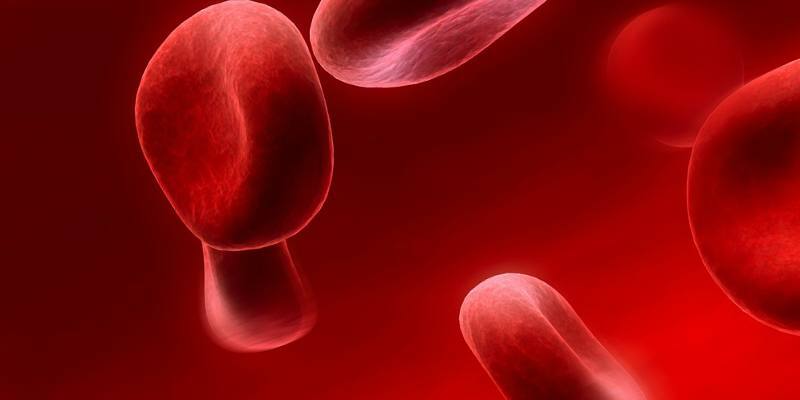
In 90% of cases, decreased hemoglobin is a sign of iron deficiency anemia. This syndrome is caused by the excess of iron consumption over its intake into the body. The causes of this condition can be blood loss, lack of an element in food, a violation of absorption and ferrotransport. In conditions of shortage of one of its two main structural components, the new hemoglobin is not able to be synthesized.
At the initial stage, a latent iron deficiency is observed, which is characterized by depletion of the deposited metal reserves. Latent insufficiency does not have significant signs and is determined only by special analyzes on the serum ferritin level. When a clinical blood test shows hemoglobin below normal, the symptoms of anemia are already visible, but not always correctly interpreted by the patient.
Hemoglobin loss can occur for various reasons:
- The first and most obvious provoker of iron deficiency is bleeding. Injuries, blood loss during surgery, hemorrhoids, uterine bleeding can cause a sharp drop in hemoglobin. Hidden bleeding, arising from diseases of the digestive tract, reproductive system, slowly and imperceptibly lead to anemia. In the same risk group are active donors who donate blood from time to time, but on an ongoing basis.
- The causes of low hemoglobin in children are often found in poor nutrition. If the child does not receive all the necessary vitamins and trace elements with food, iron deficiency occurs much faster than in adults, and adversely affects physical and intellectual development. Girls and women also often suffer from anemia, torturing their bodies with strict diets. For normal hemoglobin in the body, in addition to iron, must receive a sufficient amount of folic acid and vitamin B12.
- A balanced diet does not provide a high level of hemoglobin if iron is poorly digested from food. Absorption of the element is impeded by pathologies of the digestive system, such as dysbacteriosis, chronic enteritis, colitis, atrophic gastritis, enzymatic insufficiency and other gastrointestinal problems.
- Autoimmune diseases, chronic infections, hereditary factors can also affect the composition of the blood. Often the problem is not that hemoglobin in erythrocytes is lowered, but that the red blood corpuscles themselves die before the time. By nature, their life cycle is shorter in sick people relatively healthy. Anemia often accompanies patients with rheumatoid arthritis, lupus, glomerulonephritis, viral hepatitis, tuberculosis and other serious pathologies.
- Diseases of hematopoies qualitatively change the composition of blood, increasing the ratio of red and white blood cells in favor of the latter. Pathologies of the bone marrow, leukemia cause severe forms of anemia.
- A persistent decrease in hemoglobin can be one of the signs of malignant neoplasms. Some methods of treating oncology, such as chemotherapy, radiation, also destroy red blood cells and their constituent proteins.
About 10% of cases of anemia are not associated with iron deficiency. Low hemoglobin can be a congenital condition caused by hereditary hemoglobinopathy.
Reduced hemoglobin in women

The causes of low hemoglobin in women are associated with the characteristics of the reproductive system. Female norms are initially understated relative to male ones at 10 g / l and are already set taking into account the monthly blood loss of 15-30 g / l. However, with prolonged and profuse menstruation, iron is excreted in much larger volumes. It is difficult for an organism to compensate for such a deficit and maintain concentration at least at the lower limit of the norm. In patients with gynecological and endocrine disorders, chronic anemia often develops.
During pregnancy the general requirement of an organism for iron grows: the volume of a blood increases, on development of a fruit the significant part of oxygen and nutrients is directed, that aggravates falling of level of hemoglobin. Low hemoglobin in pregnant women is a risk factor not only for the health of the future mother, but also for the life of the child. In conditions of hypoxia, fetal tissues suffer, the formation of organs and systems is destroyed, brain cells die. At a severe form of oxygen starvation, an intrauterine death is possible.
According to statistics, up to 30% of patients of childbearing age have latent iron deficiency, and every tenth - anemia. Polymenorrhea, uterine bleeding, fibroids, childbirth are the main causes of hemoglobin fall in young women. In women after 50 posthemorrhagic anemia is less common, but menopause makes its own adjustments to the structure of the blood. As a result of hormonal reorganization, the concentration of iron-containing protein of erythrocytes decreases somewhat and remains stable in the absence of serious diseases.
Active hemoglobin loss begins in women after 40 years. Here and the accumulated health problems, and the extinction of sexual functions with concomitant endocrine and menstrual disruptions. The body can not restore blood cells as quickly as at a young age. Hence the increase in the incidence of anemia in the pre-climacteric period.
Symptoms of low hemoglobin
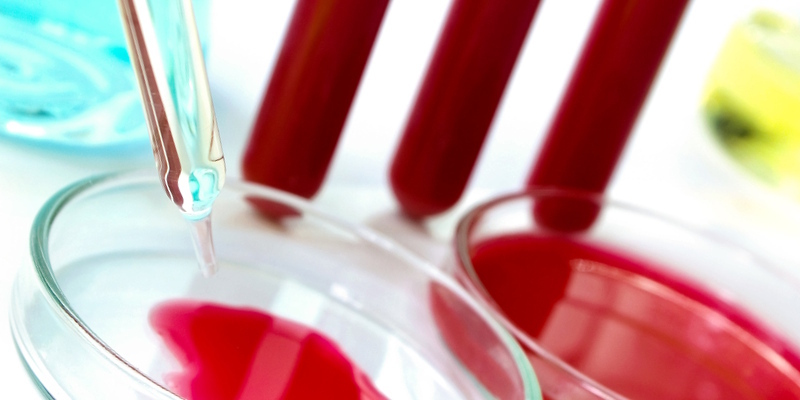
There are no specific symptoms that unambiguously indicate a decrease in hemoglobin. One can only suspect the development of anemia due to general weakness and external dystrophic processes. For an organism that experiences an oxygen deficiency, the following are characteristic:
- fatigue;
- drowsiness;
- headaches;
- dizziness;
- bradycardia;
- hypotension;
- pallor;
- syncope;
- dry skin and mucous membranes;
- cracks in the corners of the lips;
- fragility of nails and hair;
- alopecia;
- smell disturbance;
- taste perversions.
In case of anemia, the arterial blood looks lighter, but the level of hemoglobin can be determined only in the laboratory. To do this, it is enough to pass a clinical blood test and biochemistry. The study of the quantitative and morphological characteristics of erythrocytes, the concentration of serum iron, transferrin helps the doctor determine the possible cause of the disorder. Before the analysis, you can not smoke, experience excessive physical exertion, take alcohol, eat heavy foods so as not to distort the test results.
Treatment of decreased hemoglobin

In conditions of anemic syndrome, immunity suffers, working capacity, memory, attention decrease;the appearance worsens. A person begins to get sick more often and recover more slowly, quickly grows old. In severe cases, the patient is so weakened that he can not work, he develops heart failure, incontinence. Of course, this condition does not appear immediately, and the causes of low hemoglobin in the blood of such patients are beyond the banal errors in nutrition.
In the latent and early stages of anemia, it is still possible to prevent the development of abnormal iron deficiency by adjusting the diet. It should be based on food rich in iron, animal protein, vitamins C, B12, folic acid.
Solving the problem of how to increase low hemoglobin by means of nutrition, it is necessary to concentrate on products with high iron content and hemopoietic stimulators in bone marrow cells. The list of useful foods includes:
- by-products( liver, heart, kidneys);
- red meat, poultry;
- chicken eggs;
- fish and seafood;
- beans( lentils, beans, peas);
- buckwheat;
- vegetables( tomatoes, potatoes, pumpkin, onions, lettuce);
- greens( spinach, parsley, dill);
- fruit( apples, pomegranate, bananas, persimmon, quince, plums, apricots);
- dried fruits, nuts;
- black chocolate;
- vegetable and fruit fresh juices.
Dairy products
 curd with banana
curd with banana For better assimilation of iron, dairy products are temporarily excluded from the menu: cheese, cottage cheese, kefir, fermented baked milk, condensed milk, sour cream. You can just smash their reception with iron-containing dishes for at least 5 hours. Binds and removes todezo from the body of tannin, which means that coffee, tea and alcohol for anemia - banned beverages.
If reinforced nutrition does not help, the recommended intake of iron in combination with a catalytic vitamin C: Sorbifer, Maltofer, Ferulek, Totema. In parallel, B vitamins are prescribed, preferably in the form of long-term injections( up to 1.5 months), folic acid tablets.
Hypochromic anemia shows hematopoietic therapy. Preparations of erythropoietin, gemostimulin activates the production of erythrocytes, especially in combination with exogenous glucocorticosteroids. In the situation of posthemorrhagic anemia, the immediate task is to stop bleeding and, if necessary, replace the volume of lost blood with a transfusion. After that, the standard treatment regimen is applied.
Difficulties in the treatment of anemia are often created by the patients themselves, without addressing the doctor in time and without going through regular medical examination. One of the goals of preventive examinations is the early detection of abnormal blood composition, reduced hemoglobin, which are determined by an elementary general analysis.

